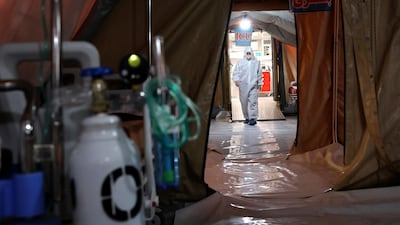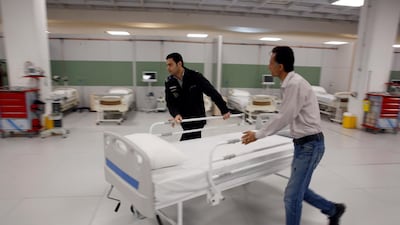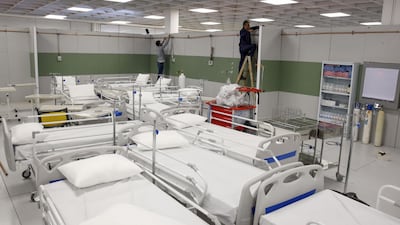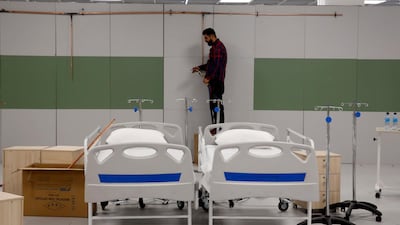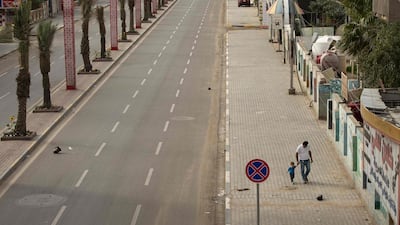The real death toll from Iran’s coronavirus pandemic is likely to be nearly double the official toll of just under 5,000, a parliament report has alleged.
Iranian health officials offered no comment on the report, which represents the highest-level official accusation to date that the country’s figures are questionable, something long suspected by international experts.
Iran on Wednesday put the death toll at 4,777, out of 76,389 confirmed cases of the virus – still making it the Middle East’s worst outbreak by far.
The 46-page report by Iran’s parliament research centre, published online, carries the weight of being written by nonpartisan experts within the country.
The explosive charge was merely a footnote on page 6 in what appeared to be an otherwise routine report.
It said Health Ministry toll counts only those who died in hospitals and had already tested positive for the virus.
That disregarded all coronavirus victims who died in their homes. The report also said that widespread testing hasn’t been done in Iran and so tens of thousands of cases are being missed.
It suggested the true death toll in Iran is probably at least 80 per cent higher than the current 4,777.
As far as the positive cases are involved, and given the under-testing, the number of people infected is probably “eight to 10 times” higher than the reported 76,389, the report said.
If correct, the worst-case figures would put Iran’s death toll at 8,500, with some 760,000 total cases.
That would catapult Iran to the country with the highest number of infections in the world.
The US – currently the country with the highest number of cases – has over 600,000 confirmed cases, according to figures from Johns Hopkins University, though experts believe that number likely is larger as well.
“In order to have more compatibility between protocol and estimated statistics, it is necessary to increase laboratory and testing capabilities in the country,” the report said. “Needless to say that through increasing the capacities, diagnosis of disease will be more possible and spread of the disease will be more limited.”

International experts long have suggested that Iran’s numbers are suspect as its mortality appeared higher than other nations. While other countries also have seen rapidly rising caseloads, Iran’s reported numbers have so far been a gradual slope.
The report also accused authorities of not providing its authors with “detailed figures” over the disease. It also warned that more than 30,000 people could die if strict quarantine measures aren’t taken.
The report, released earlier this week, comes as Iranian President Hassan Rouhani continues to push for a slow reopening of the country’s economy, which remains targeted by crushing US sanctions. If its own figures offered to the World Health Organization are wrong, it adds to fears by some that encouraging people to return to work will spark a second wave of infections.
Already, hard-liners have seized on Mr Rouhani’s handling of the pandemic to criticise him and his administration, which is held in poor regard after his 2015 nuclear deal with world powers collapsed due to President Donald Trump’s move that unilaterally withdrew the US from the accord.
Last week, MP Reza Shiran from the north-east holy city of Mashhad, said that there had “been no correct reporting on the death toll.”
He alleged official reports instead labelled deaths as coming from an “acute respiratory syndrome.”
Deputy Health Minister Ali Reza Raisi on Wednesday acknowledged that the “limits of testing” faced by Iran means it doesn’t have accurate figures of all those infected.
“The real figures are more than the official statistics but it is not correct to multiply official figures by two or three,” he said, without elaborating or directly addressing the parliament report.
Also on Wednesday, Iran cancelled ceremonies marking the anniversary of the death of Ayatollah Ruhollah Khomeini, the founder of the Islamic Republic over virus concerns, the official IRNA news agency reported.
The move to already cancel the ceremony in early June underscores the expectation of Iranian officials that the crisis will go on for several more weeks.









